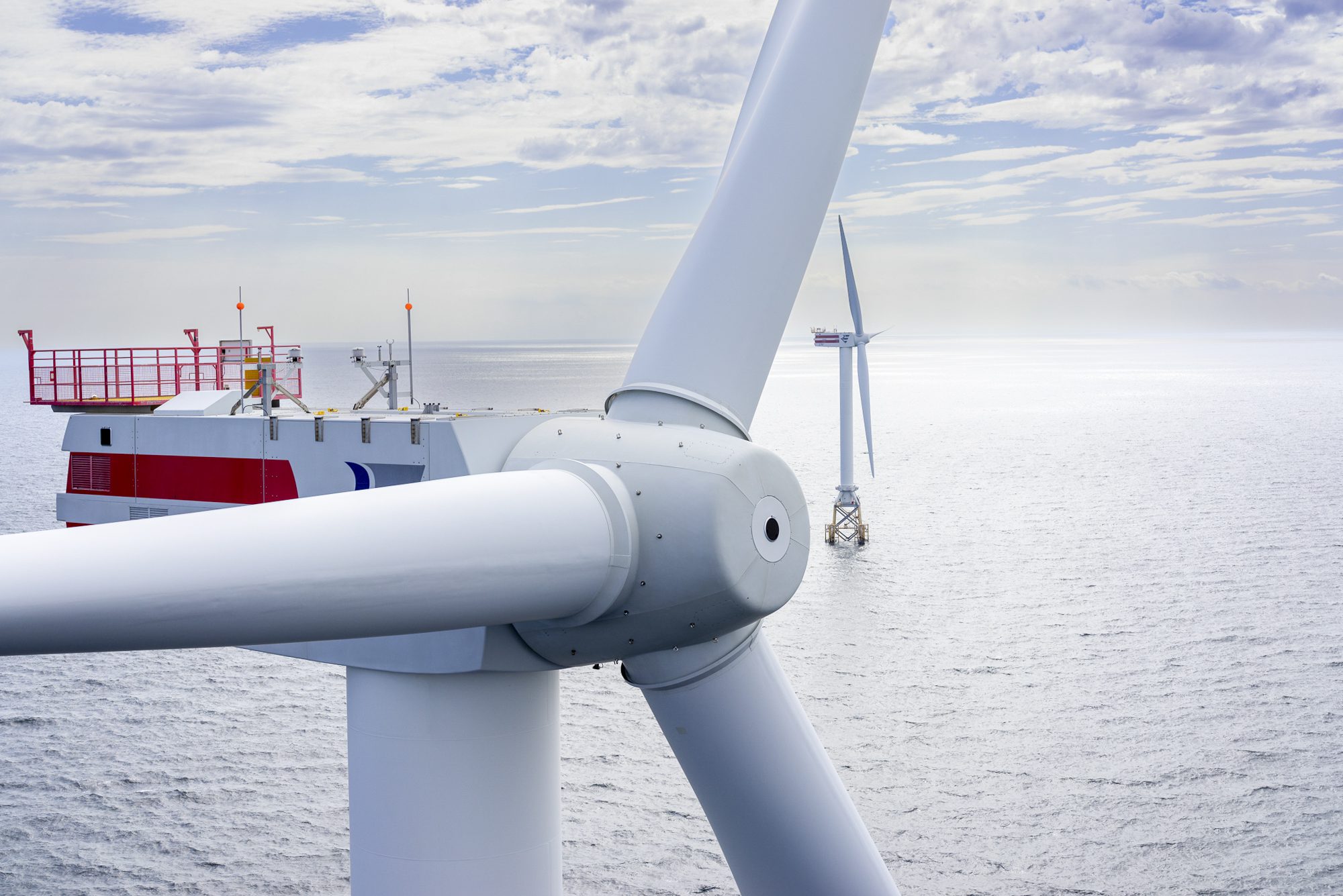Unmanned Aircraft Systems – keeping the turbines spinning
Wind power is one of the world’s largest sources of renewable energy and as the world continues to navigate this constantly evolving energy landscape, a key challenge for on and offshore wind operators is how to safely and cost efficiently implement a robust inspection plan of windfarms located in some of the world’s most challenging geographies.
Many of the UK’s windfarms are situated in remote areas and are subject to severe weather. Carrying out essential maintenance of these turbines and blades can be costly and carries a significant risk to personnel. Turbine blades over time will experience damage as a result of severe weather, reducing their efficiency and potentially leading to failure, it is therefore no surprise that a robust method of remote inspection is essential in order to maintain operations.
Unmanned aerial vehicles
UAS inspection is one of the most effective methods for surveying and maintaining wind turbines, removing personnel from dangerous locations and allowing for an efficient and cost-effective inspection.
Sky-Futures™, an ICR company, was recently tasked by a global energy company to inspect two wind turbines in the Moray Firth, Scotland. The turbine support structures and blades had several known areas of damage, such as cracking and damaged safety components.
Case study
The company’s personnel conducted a number of drone flights and gathered a large dataset of imagery to carry out a visual inspection of the condition of the turbines. This method reduced the exposure of personnel to working at height and enabled a swift and thorough inspection.
Using very high-resolution images, a visual assessment was made of the known anomalies and showed no deterioration, but the inspection did identify previously unrecorded areas of concern. The high-quality inspection provided a clear view of the state of the turbines, supporting structures and helped to form a critical part of the decommissioning plans.
Power generation
In 2020, the UK generated 75,610-gigawatt hours (GWh) of electricity from both offshore and onshore wind. Individually, both offshore and onshore wind electricity generation has grown substantially since 2009 and will continue to do so to reach the government’s target of “Net Zero” greenhouse gas emissions by 2050.
With the global energy industry continuing to transition to low carbon sources, wind developers will face increased pressure to keep the turbines spinning and developing a robust maintenance regime must be a priority. By harnessing the power of UAS for remote inspection, they can safeguard their personnel and make the most efficient use of their time and money. For more details about how ICR Sky-Futures™ can help you contact, Andrew Lake, Technical Sales Engineer.




Featured articles

University of life stands Govan-raised engineer in good stead

LR and UKAS boost for ICR Group’s INSONO innovation



